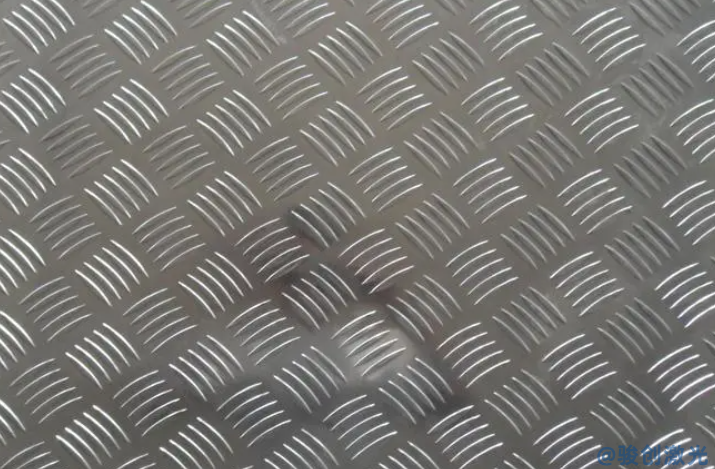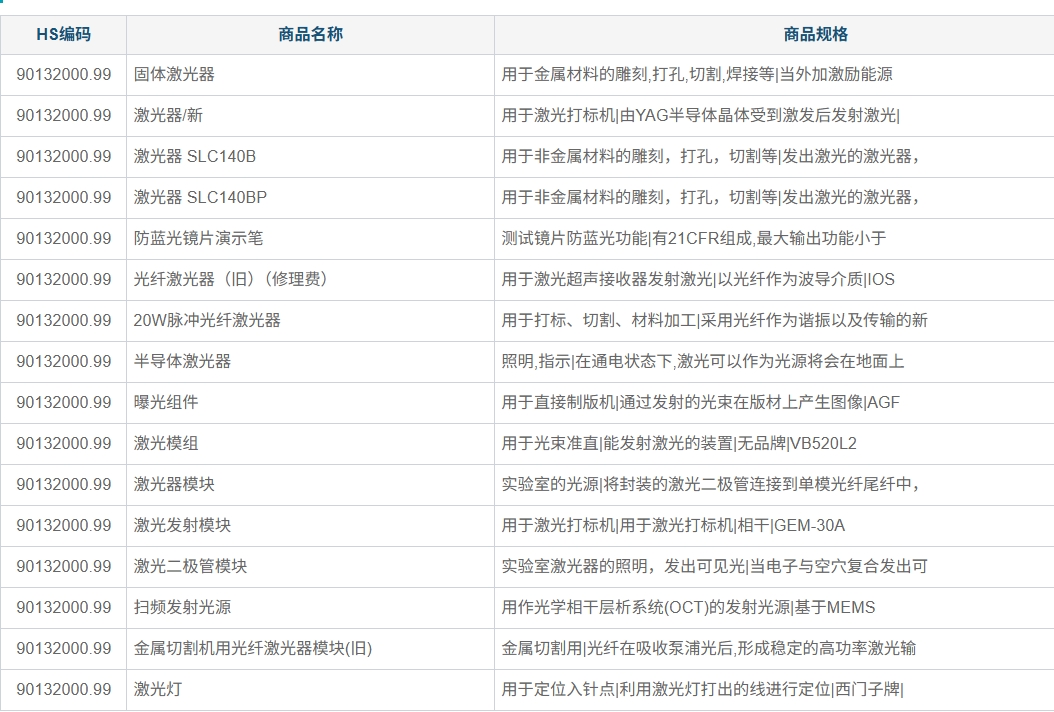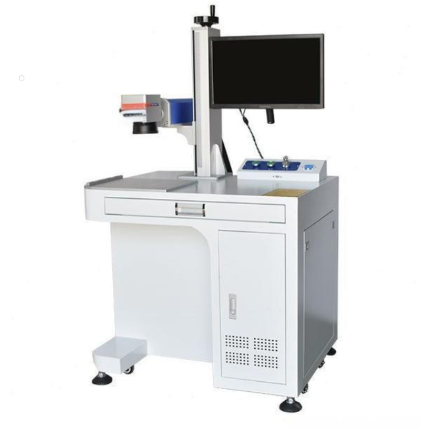Can Laser Marking Machines Produce Color Marks?
Laser marking machines can produce colored marks, but it depends on the type of laser, the material, and the adjustment of processing parameters. Here are some key points:
1. The Principle of Color Marking
Color laser marking works by controlling the laser's energy, frequency, scanning speed, and other parameters to create microstructures or oxide layers on the surface of metals, reflecting different wavelengths of light to produce various colors. The specific methods include:
- Interference Effects: The laser forms thin films on the metal surface, producing colors through optical interference.
- Oxidation Reaction: The laser causes oxidation on the metal surface, resulting in different colors.
Thermal Control: By precisely controlling the heat, the material's microstructure or reflective properties can be altered to produce color.

2. Laser Types Suitable for Color Marking
The following laser types can achieve color marking:
Fiber Lasers (MOPA Laser)
MOPA lasers, with adjustable pulse widths and frequencies, are particularly suitable for color marking. For example, stainless steel surfaces can show red, blue, green, and other colors by adjusting parameters.UV Lasers
UV lasers are used for high-precision color marking on non-metal materials, although they can also be applied to metals for detailed effects.
3. Suitable Materials
Color laser marking is typically used on the following metal materials:
- Stainless Steel
This is the most common material for color laser marking, providing the best results. - Titanium Alloy
Titanium also shows good color marking effects. - Other Metals
Materials such as aluminum and chrome-plated metals can be marked, but the results may not be as prominent as with stainless steel.
4. Advantages and Disadvantages of Color Laser Marking
Advantages:
- Permanent Marking: The colors will not fade due to time or abrasion.
- Environmentally Friendly: No need for chemical dyes or inks.
- Aesthetic: Ideal for high-end product decoration and marking.
Disadvantages:
- High Process Requirements: Requires precise laser parameter adjustments.
- Slower Processing Speed: Color marking takes more time than regular black-and-white marking.
- Higher Equipment Costs: Requires advanced lasers like MOPA.
5. Application Scenarios
- High-End Decoration: Color marking on luxury items such as watches and jewelry.
- Brand Logos: Color logos on electronic products or instruments.
- Personalized Designs: Custom color marking on gifts and souvenirs.
Conclusion
Laser marking machines can produce color effects, especially when using MOPA fiber lasers, with stainless steel showing the best results. If you need color marking, it's recommended to choose the appropriate type of laser and work with professional technicians to adjust the process parameters.
 laser marking machine for meta
laser marking machine for meta
 laser marking machine price in
laser marking machine price in
 HS code information of laser m
HS code information of laser m
 20w fiber laser marking machin
20w fiber laser marking machin



